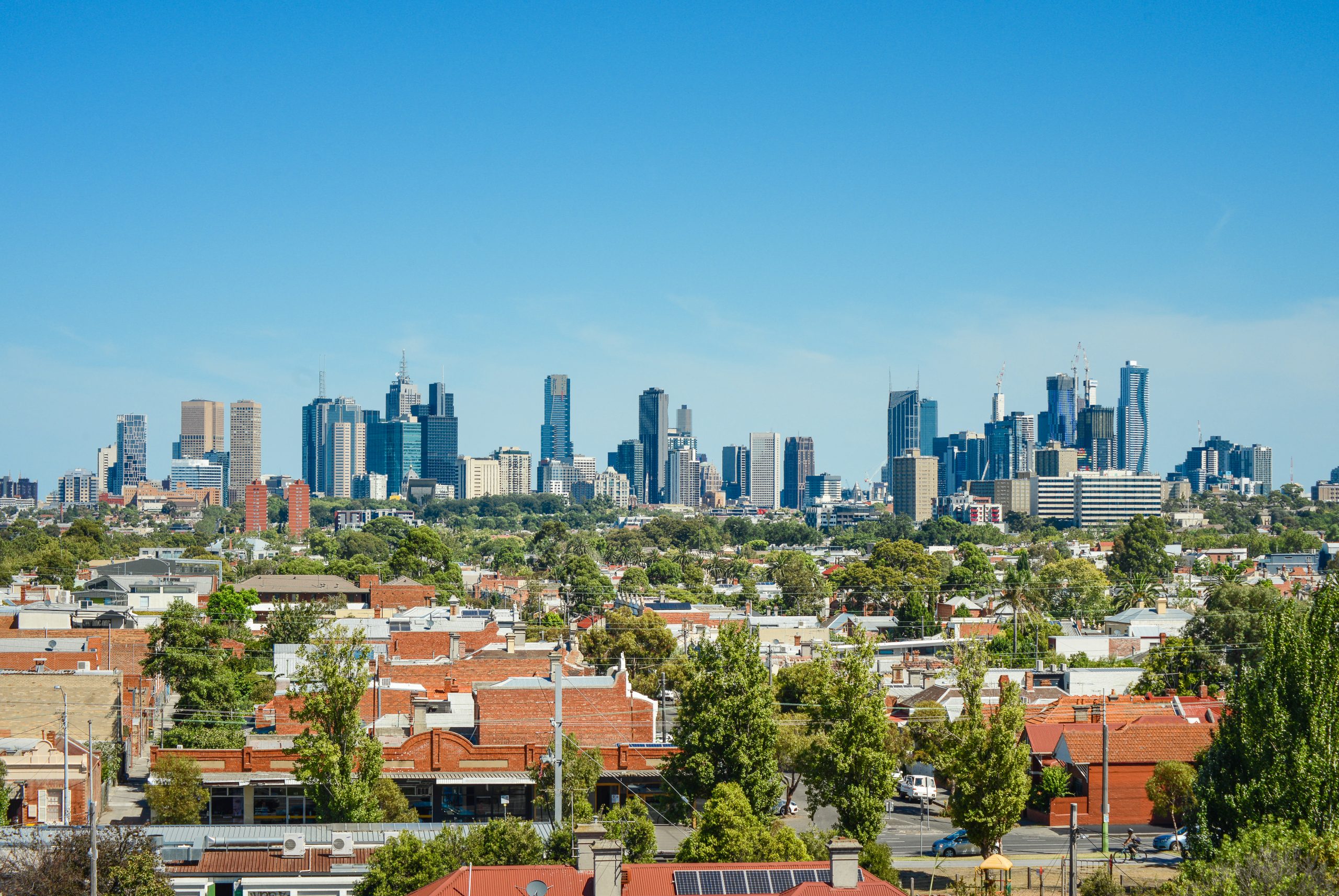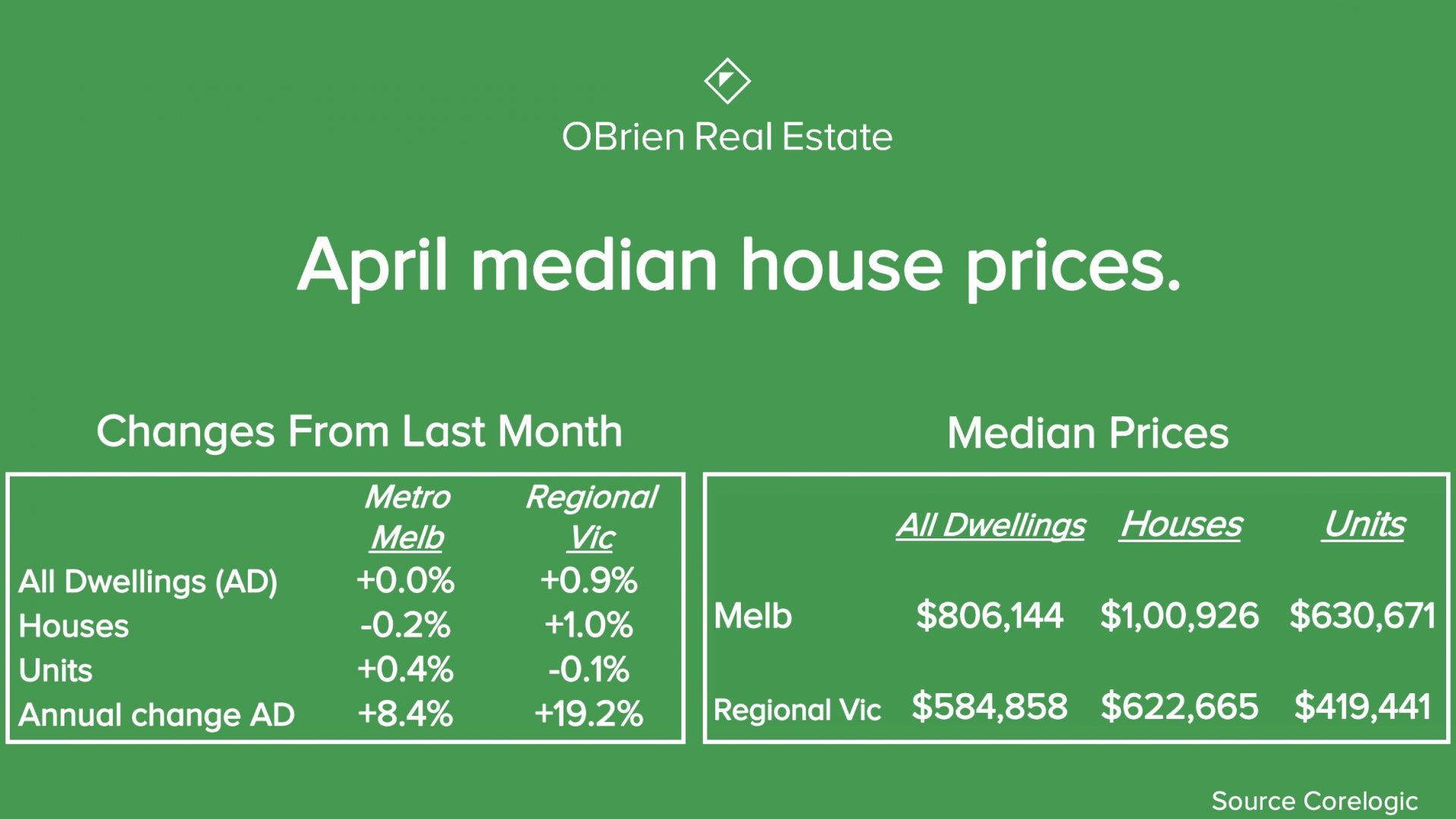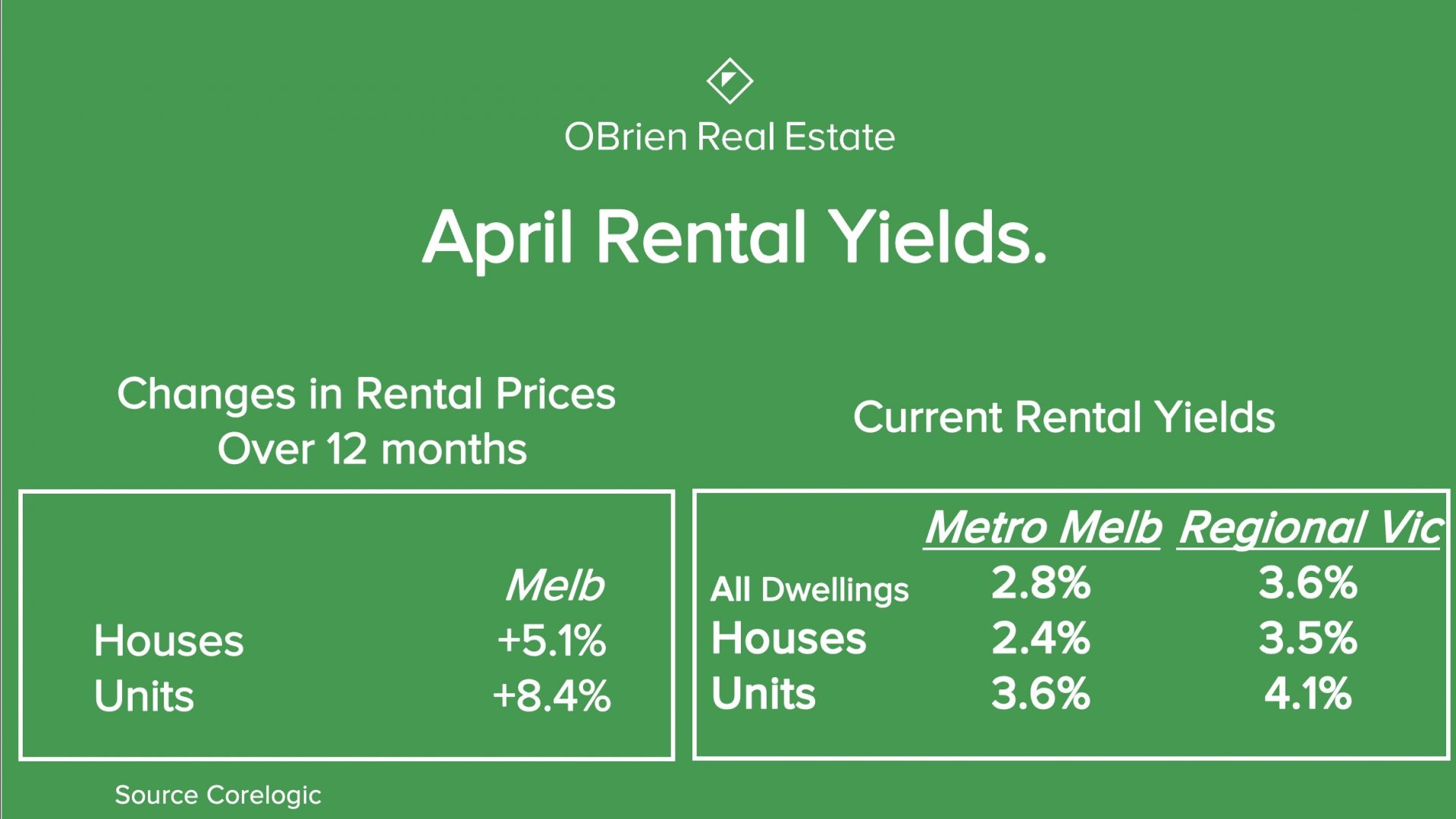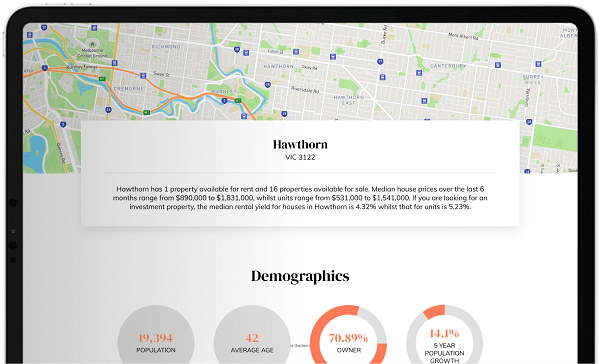
Monthly Property News 5th Edition 2022
Let’s hope the interest rate rise drops the prices at supermarkets and petrol stations, before Melbourne real estate prices.
Hi Guys, it’s Dean O’Brien from OBrien Real Estate with the fifth edition of the monthly property news for 2022 where real estate information is on the house.
Before this week’s interest rate rise, the last time Australia had an official Interest rate rise from the Reserve Bank, was 11 and half years ago in November 2010, at that time the cash rate was increased to 4.75%, and from then we actually saw 15 rate cuts with the last being November 2020.
Just prior to Covid, in 2019, interest rates were cut 3 times, June, July and November, effectively the rates were halved by the reserve bank in the year. Prior to these cuts we experienced 70 months where rates were stable and unchanged in the market. In 2020 we saw two cuts in March and one in November 2020. The Standard Variable Rate which basically means the pre-discounted bank rate prior to Covid was on average was at 4.70 percent, and just prior to this week’s rate rise it was at 3.75 percent.
The Melbourne median price for combined dwellings ( units and houses ) at the end of 2019 was $778,649 and today it is $806,144. The interest rate difference between 2019 and prior to this week’s increase was one percent. As you can see the difference in the median prices isn’t that much, but there are different economic challenges that helps Melbournians understand why so little. Today, we have inflation at 5.1 percent and not 1.6% as it was in 2019, we have a very tight labour market, there are substantially more household savings and particularly more for Melbournians after 262 days in lockdown, approximately 25% on average more supply of listings on the market than in 2019 and a lower rate of overseas travellers/students and workers.
Some of these new challenges help to keep pricing stable while the others counteract price growth. We believe that pricing in Melbourne will be more resilient than other capital cities, our growth through 2020 and 2021 was much more modest at 8.4% growth over the last 12 months, whereas Brisbane sits at 29.3%, Adelaide 26.2%, Hobart 20.7% and Canberra 20.9%. Let’s hope the interest rate rise drops the prices at supermarkets and petrol stations before Melbourne real estate price..
Sellers can always be rest assured selling and buying in the same market safeguards you against the peaks and trough in a market. If rates increase by 1% over the course of this year we’ll see pull back in demand but that will be met equally in a squeeze of supply. The market will find its place like it did after the early 2013 to early 2017 boom when we saw the supply of listings in 2018 and 2019 tighten between 30 and 40 percent as sellers held firm.
The Corelogic Home Price Index was released for April and nationally prices rose 0.6%, (insert graph) Melbourne’s prices again remained flat, with no incline or decline. Melbourne is running 8% above the 5 year average supply of listings whereas the top performing capital city Brisbane are at least 20% short supply of listings. Australia has now enjoyed 19 consecutive monthly increases in home prices. Regional Victoria again had good growth, with the median price for both units and houses rising just over $6,000, Shepparton topped all towns for growth recording a 3% increase.

Looking at the rental market, the quarterly pace of national rents grew 2.7 percent which is 9 percent growth over the last 12 months. For Melbourne and Regional Victoria investors the rental market is very tightly held. Rent price growth momentum continues with Melbourne units now at 8.4% increase over the last 12 months. Domain.com.au reported in April in their rental report that rents are now higher in 53.3% of suburbs and towns in Victoria compared to 12 months ago.

OBrien Real Estate Links
Featured Property Listings
Upcoming Auctions
Recently Sold Properties
That’s all for this month, I’m Dean O’Brien and remember the information provided is of a general nature you should always seek independent legal, financial, taxation or other advice in relation to your unique circumstances.


